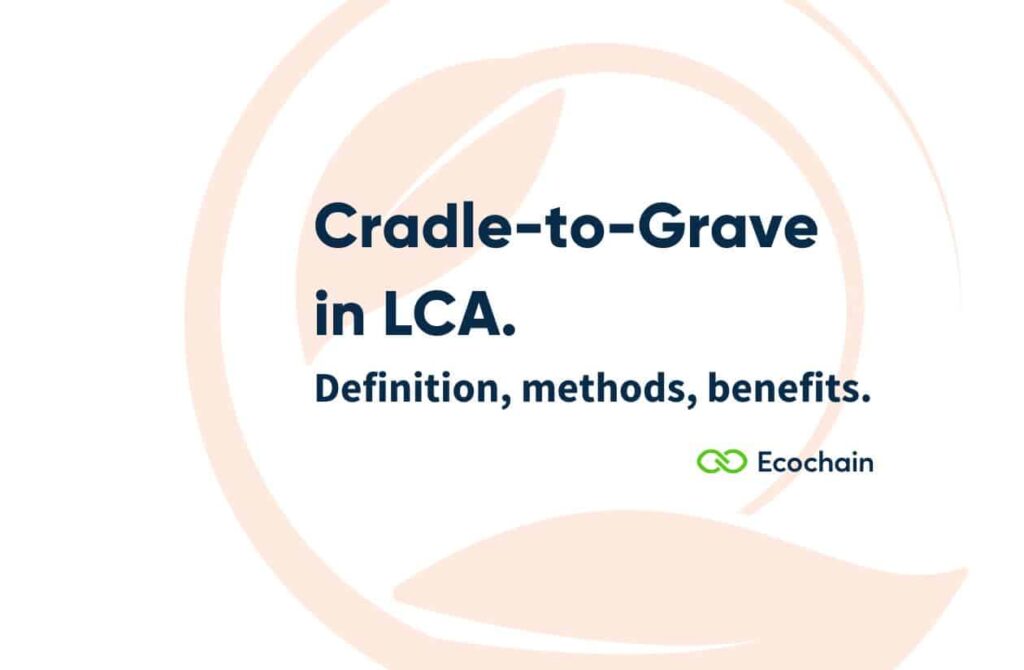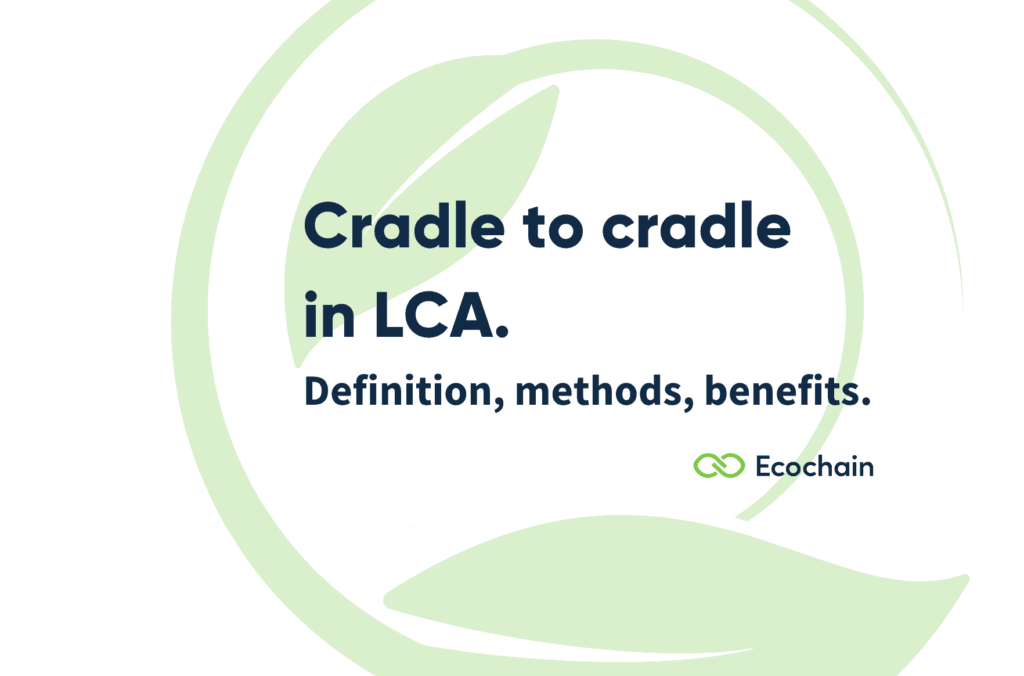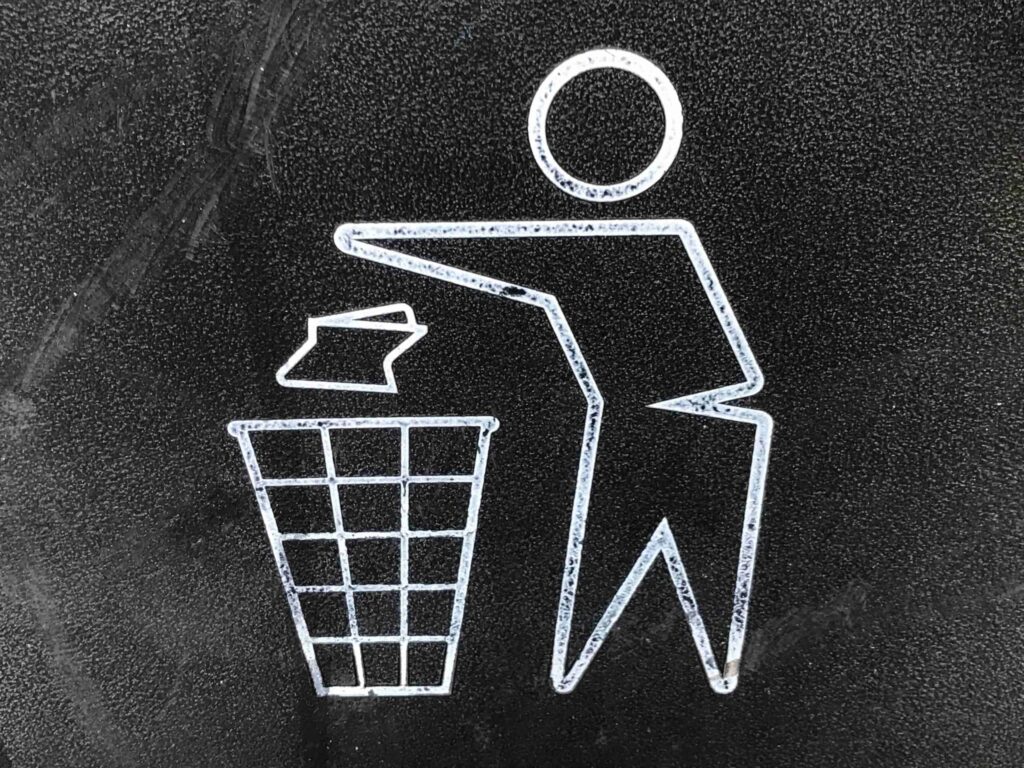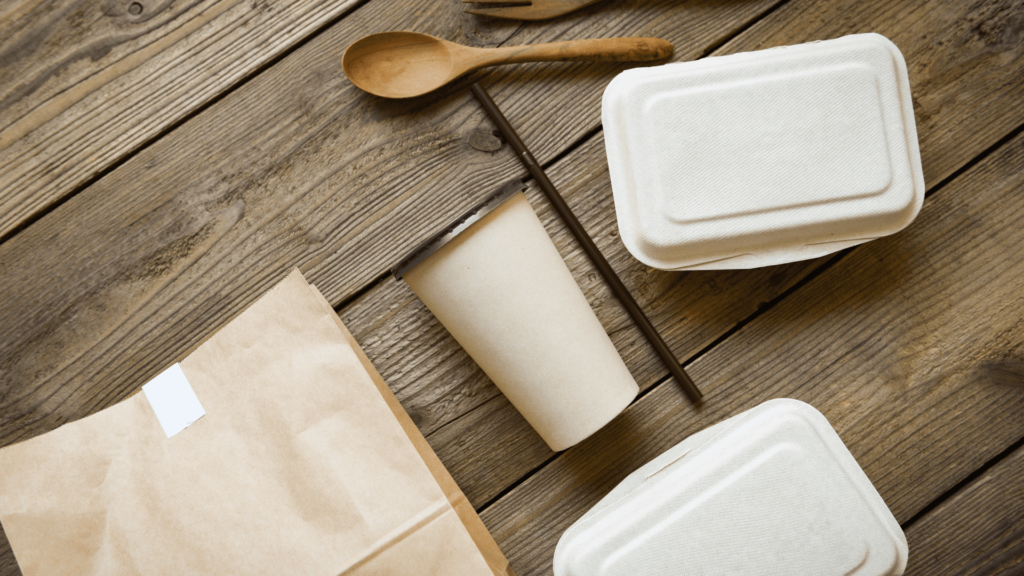Comparison of Top LCA Software: Your Ultimate Guide to LCA Solutions
Comparison of Top LCA Tools: Your Ultimate Guide to LCA Solutions Life Cycle Assessment (LCA) is the scientific method to measure the environmental footprint of products and services. Sustainability, climate change, the circular economy – they’re all becoming part of everyday business. As a result, the market for LCA tools develops quickly. Companies have an increasing need for […]
Cradle-to-Grave in LCA: What Is It & How Does It Work?

The term “Cradle to Grave” is completely intertwined with the scientific method Life Cycle Assessment (LCA). LCA is thé scientific method to measure all environmental impacts of a product. Cradle-to-grave is one of several “life cycle models” you can choose in your measurements – and determines the scope of insights you gain from your LCA. […]
Cradle-to-Cradle in LCA: What Is It & How Does It Work?

Cradle-to-cradle or cradle to cradle, does not let old products go to waste. Instead, a product’s materials and components are repurposed or recycled. This keeps materials “in the economic loop” and saves energy during production. Win-win. The “circular economy” received increasing international attention since 2010. Its main purpose: revolutionize how materials are used in our […]
Ecodesign for Sustainable Products Regulation (ESPR) – 2024 Overview

What is the Ecodesign Directive? The European Ecodesign Directive (Directive 2009/125/EC) sets ecological standards for the design of specific product groups in the member states of the European Union. It works alongside its “sister directive,” the Energy Labeling Regulation, which governs the energy labeling of such products—commonly seen on appliances like fridges and washing machines. […]
From Data to Impact Data: Impact Assessment in LCA (LCIA)

In LCA we scientifically measure the environmental footprint of a product. And the most essential ingredient (and output) is “data”! Data has different shapes along the LCA-process: In LCA phase 2 (image below), the inventory analysis, we map and gather the total emissions (to air, soil, water), resource extractions, and land use/transformations that our product […]
How to Interpret Your LCA Results

The third Phase of LCA gave you your LCA results. Great! You know the environmental footprint of your product! Now…what does it tell you exactly? The fourth (and last) Phase of LCA is about interpreting these results and gaining the environmental insights you need. So, let’s get into: The goal and process of LCA Interpretation […]
How to define the goal & scope of your LCA
In the Goal and Scope (LCA Phase 1) phase of making a Life Cycle Assessment (LCA) you specify: what, why, how, and for whom your LCA is relevant. It’s a crucial phase in making LCAs, as it determines your outcome and how you interpret and check your results. That’s why you always return to this […]
The most used LCI Databases for Life Cycle Assessment (LCA)

LCI databases are crucial to making Life Cycle Assessments (LCA is the scientific method to measure the environmental footprints of products). LCI databases contain information on the average environmental footprint of most materials and processes used in our daily lives and national economies. They provide environmental data companies can’t or haven’t yet measured themselves yet. […]
End-of-life (EoL) in LCA: Impacts of Waste and Benefits of Recycling

The End-of-Life (EoL) is the 5th product life-cycle phase in LCA: it’s the “grave”. Frightful (at first sight) as its name implies, this phase causes emissions and frowning faces alike. It has two main challenges: 1. How do you find out what happens to your product after it’s discarded? 2. How do you account for […]
Ecodesign Directive for Sustainable Products (ESPR): 2023 Overview

What is the Ecodesign Directive? The EU’s Ecodesign Directive (2009) prescribes energy-related Ecodesign criteria for certain products and communicates this through energy labels. So far, it saved consumers 120 Billion euros of energy expenditure (!!), and lowered energy consumption of the regulated products by 10% in 2021. The Ecodesign Directive is based on the sustainable […]
